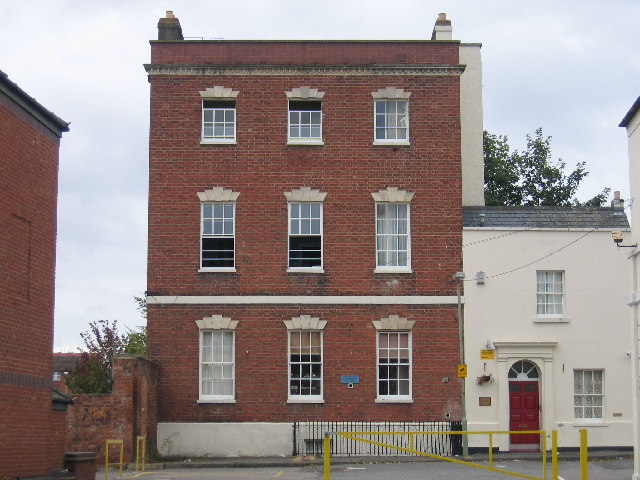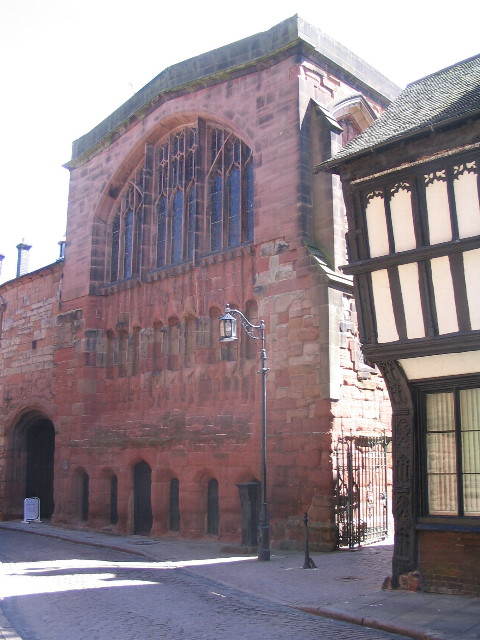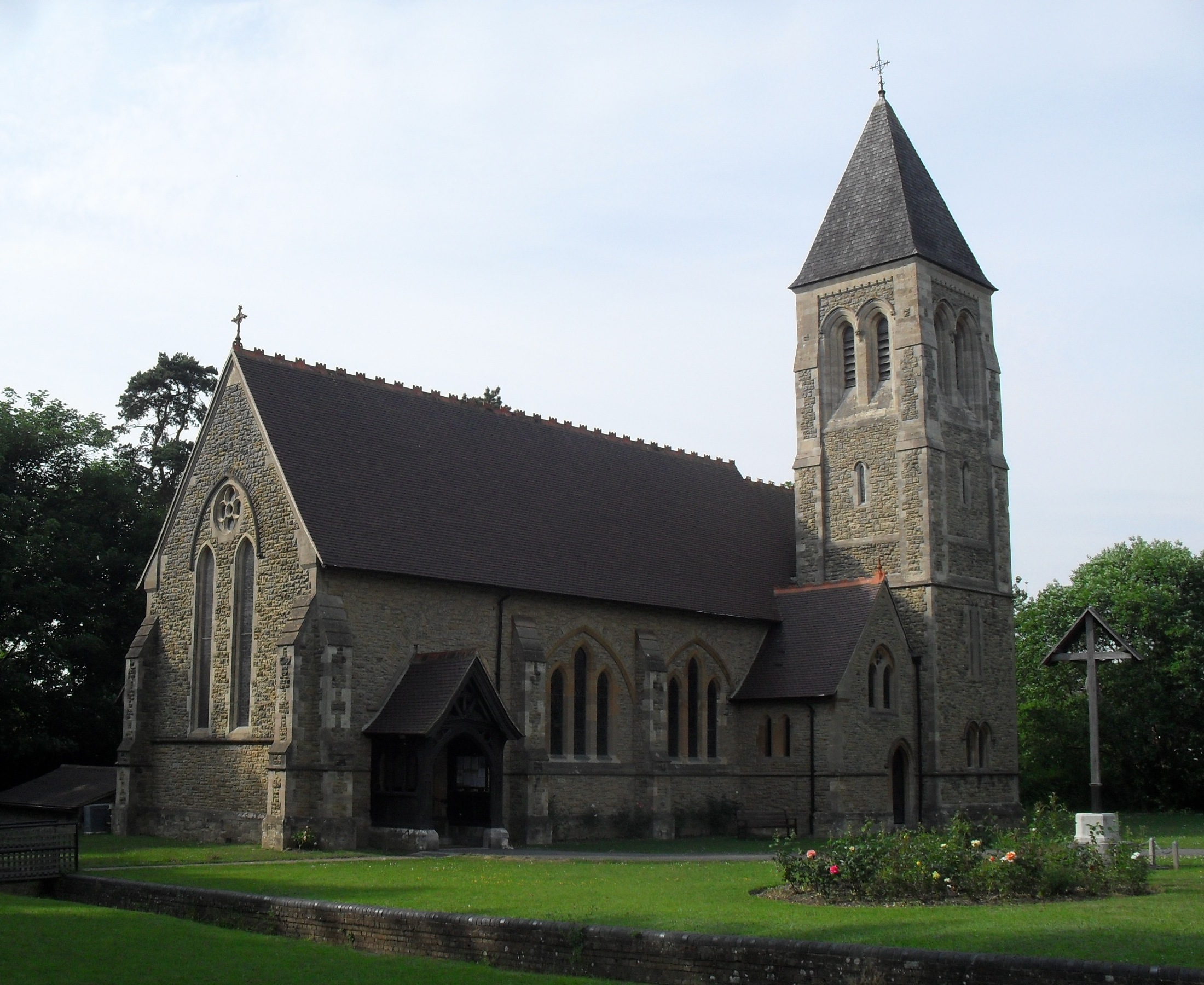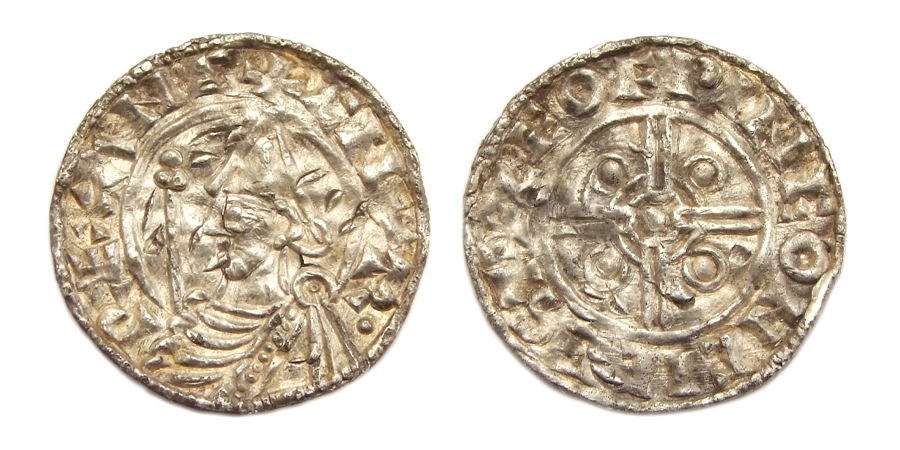|
Blue Coat School
A bluecoat school is a type of charity school in England, the first of which was founded in the 16th century. Most of them have closed; some remain open as schools, often on different sites, and some of the original buildings have been adapted for other purposes. They are known as "bluecoat schools" because of the distinctive blue uniform originally worn by their pupils. The colour blue was traditionally the colour of charity and was a common colour for clothing at the time. The uniform included a blue frock coat and yellow stockings with white bands. History The first school to be established was Christ's Hospital. This was founded by Edward VI in Newgate Street, London, in 1552, as a foundling hospital with the purpose of caring for and educating poor children. Between the 16th and late 18th centuries about 60 similar institutions were established in different parts of England. These were not connected with Christ's Hospital, but if their pupils wore the blue uni ... [...More Info...] [...Related Items...] OR: [Wikipedia] [Google] [Baidu] |
Charity School
Charity schools, sometimes called blue coat schools, or simply the Blue School, were significant in the history of education in England. They were built and maintained in various parishes by the voluntary contributions of the inhabitants to teach poor children to read and write, and for other necessary parts of education. They were usually maintained by religious organisations, which provided clothing and education to students freely or at little charge. In most charity schools, children were put out to trades, services, etc., by the same charitable foundation. Some schools were more ambitious than this and sent a few pupils on to university. Charity schools began in London, and spread throughout most of the urban areas in England and Wales. By 1710, the statistics for charity schools in and around London were as follows: number of schools, 88; boys taught, 2,181; girls, 1,221; boys put out to apprentices, 967; girls, 407. By the 19th century, English elementary schools were ... [...More Info...] [...Related Items...] OR: [Wikipedia] [Google] [Baidu] |
Bluecoat School, Chester
The Blue Coat School is located in Upper Northgate Street, Chester, Cheshire, England. It is recorded in the National Heritage List for England as a designated Grade II* listed building. History Before the school was built, it was the site of a medieval hospital. In 1700 a charity school was built in the precincts of Chester Cathedral; it was the first school outside London to be established by the Society for Promoting Christian Knowledge. The charity school was moved to the Blue Coat School, which was built in 1717. Almshouses were built behind the school. The school was originally an L-shaped building, with its main wing on Upper Northgate Street, and a south wing looking towards Chester city walls. The south wing contained a chapel, and the main wing the schoolroom and dormitories. In 1733 a north wing was added. A new façade was added to the main wing in 1854, and new almshouses were built. The clock was added the following year. The school closed in 1949, ... [...More Info...] [...Related Items...] OR: [Wikipedia] [Google] [Baidu] |
Sir Thomas Rich's School
Sir Thomas Rich's School is a grammar school with academy status for boys (aged 11–18) and girls (aged 16–18, in the sixth form) in Longlevens, Gloucester, England, locally known as "Tommies". It was founded in 1666 by Sir Thomas Rich, 1st Baronet. The school moved to a new site outside the city centre in 1964. It offers a range of teaching and sporting facilities. History The Will In Sir Thomas Rich's will of 1666 he left his Gloucester house, in Eastgate and £6,000 (a considerable sum for the time) for a school to be established for twenty poor boys in Gloucester. The money was mainly invested in farm land, with the rent paying for the running of the school. The school was opened in 1667, a year after Sir Thomas Rich's death. Sir Thomas Rich decreed that the pupils should wear "blue coats and caps according to the laudable usage of Christ Church Hospital in London." The blue drugget gown and yellow stockings were replaced in 1882 by the modern equivalent, the blue b ... [...More Info...] [...Related Items...] OR: [Wikipedia] [Google] [Baidu] |
Dudley
Dudley is a large market town and administrative centre in the county of West Midlands, England, southeast of Wolverhampton and northwest of Birmingham. Historically an exclave of Worcestershire, the town is the administrative centre of the Metropolitan Borough of Dudley; in 2011 it had a population of 79,379. The Metropolitan Borough, which includes the towns of Stourbridge and Halesowen, had a population of 312,900. In 2014 the borough council named Dudley as the capital of the Black Country. Originally a market town, Dudley was one of the birthplaces of the Industrial Revolution and grew into an industrial centre in the 19th century with its iron, coal, and limestone industries before their decline and the relocation of its commercial centre to the nearby Merry Hill Shopping Centre in the 1980s. Tourist attractions include Dudley Zoo and Castle, the 12th century priory ruins, and the Black Country Living Museum. History Early history Dudley has a history dating back ... [...More Info...] [...Related Items...] OR: [Wikipedia] [Google] [Baidu] |
The Blue Coat School, Dudley
The Blue Coat School was a mixed secondary school located in Dudley, England. It was opened in 1869 within buildings in Bean Road, several hundred yards east of Dudley town centre. It expanded in 1970 to take in the buildings of Rosland Secondary School, Beechwood Road, at nearby Kates Hill, but the Bean Road site was still used for some lessons until 1981, when it was finally declared redundant after 112 years and sold to make way for a residential development. Rosland Secondary School first opened in 1932, serving the new council estates which were being built as an extension to the 19th century Kates Hill area. Perhaps its most famous pupil was British comedian Lenny Henry, who attended from 1969 until 1974. Robert Hawthorne, the Sky Sports TV commentator, was also a pupil from 1977 to 1981. The school traditionally had an entry age of 11 years, but in September 1972 it was redesignated as a 12-16 school (gaining comprehensive status three years later) and this age range ... [...More Info...] [...Related Items...] OR: [Wikipedia] [Google] [Baidu] |
Dublin
Dublin (; , or ) is the capital and largest city of Republic of Ireland, Ireland. On a bay at the mouth of the River Liffey, it is in the Provinces of Ireland, province of Leinster, bordered on the south by the Dublin Mountains, a part of the Wicklow Mountains range. At the 2016 census of Ireland, 2016 census it had a population of 1,173,179, while the preliminary results of the 2022 census of Ireland, 2022 census recorded that County Dublin as a whole had a population of 1,450,701, and that the population of the Greater Dublin Area was over 2 million, or roughly 40% of the Republic of Ireland's total population. A settlement was established in the area by the Gaels during or before the 7th century, followed by the Vikings. As the Kings of Dublin, Kingdom of Dublin grew, it became Ireland's principal settlement by the 12th century Anglo-Norman invasion of Ireland. The city expanded rapidly from the 17th century and was briefly the second largest in the British Empire and sixt ... [...More Info...] [...Related Items...] OR: [Wikipedia] [Google] [Baidu] |
The King's Hospital
The Hospital and Free School of King Charles II, Oxmantown, also called The King's Hospital (KH; ) is a Church of Ireland co-educational independent day and boarding school situated in Palmerstown, Dublin, Ireland. It is on an 80-acre campus beside the River Liffey, called Brooklawn, named after the country houses situated on the site and in which the headmaster and his family reside. The school is also a member of the HMC Headmasters' and Headmistresses' Conference and the BSA. Founded in 1669, it is one of the oldest schools in Ireland and was also known as the Blue Coat School. Although priority is given to those of the main Protestant tradition, as a Christian school, it is attended by students of other denominations and faiths. The school's colours are navy and gold. The school crest is three burning castles with the date "1669", almost identical to the crest for Dublin city. The current headmaster is Mark Ronan. History Founding The school was founded in 1669 as The Hosp ... [...More Info...] [...Related Items...] OR: [Wikipedia] [Google] [Baidu] |
Coventry
Coventry ( or ) is a City status in the United Kingdom, city in the West Midlands (county), West Midlands, England. It is on the River Sherbourne. Coventry has been a large settlement for centuries, although it was not founded and given its city status until the Middle Ages. The city is governed by Coventry City Council. Historic counties of England, Formerly part of Warwickshire until 1451, Coventry had a population of 345,328 at the 2021 census, making it the tenth largest city in England and the 12th largest in the United Kingdom. It is the second largest city in the West Midlands (region), West Midlands region, after Birmingham, from which it is separated by an area of Green belt (United Kingdom), green belt known as the Meriden Gap, and the third largest in the wider Midlands after Birmingham and Leicester. The city is part of a larger conurbation known as the Coventry and Bedworth Urban Area, which in 2021 had a population of 389,603. Coventry is east-south-east of ... [...More Info...] [...Related Items...] OR: [Wikipedia] [Google] [Baidu] |
Coventry Blue Coat Church Of England School
The Blue Coat Church of England School is a specialist secondary school and sixth form located in Coventry, England. It is a Cross Of Nails school, with links to schools all over the world. History Blue coat schools were mainly founded in the 16th century across England as charity schools, where they were known as "bluecoat schools" because of their distinctive blue uniform Blue was traditionally the colour of charity and was a common colour for clothing. The uniform included a blue frock coat and yellow stockings with white bands. The Coventry Blue Coat Church of England School is now a specialist Music, Maths and Science college, funded by the state, with academy status. The original Blue Coat school was founded in 1714 as a school for girls and was located close to Holy Trinity church in the city centre of Coventry, close to the ruins of St Mary's Priory and Cathedral. A new school was opened on the present site in 1964 under headmaster William J Grimes, who ran the s ... [...More Info...] [...Related Items...] OR: [Wikipedia] [Google] [Baidu] |
Edward VI
Edward VI (12 October 1537 – 6 July 1553) was King of England and Ireland from 28 January 1547 until his death in 1553. He was crowned on 20 February 1547 at the age of nine. Edward was the son of Henry VIII and Jane Seymour and the first English monarch to be raised as a Protestant. During his reign, the realm was governed by a regency council because he never reached maturity. The council was first led by his uncle Edward Seymour, 1st Duke of Somerset (1547–1549), and then by John Dudley, 1st Earl of Warwick (1550–1553), who from 1551 was Duke of Northumberland. Edward's reign was marked by economic problems and social unrest that in 1549 erupted into riot and rebellion. An expensive war with Scotland, at first successful, ended with military withdrawal from Scotland and Boulogne-sur-Mer in exchange for peace. The transformation of the Church of England into a recognisably Protestant body also occurred under Edward, who took great interest in religious matters. His fat ... [...More Info...] [...Related Items...] OR: [Wikipedia] [Google] [Baidu] |
Horsham
Horsham is a market town on the upper reaches of the River Arun on the fringe of the Weald in West Sussex, England. The town is south south-west of London, north-west of Brighton and north-east of the county town of Chichester. Nearby towns include Crawley to the north-east and Haywards Heath and Burgess Hill to the south-east. It is the administrative centre of the Horsham district. History Governance Horsham is the largest town in the Horsham District Council area. The second, higher, tier of local government is West Sussex County Council, based in Chichester. It lies within the ancient Norman administrative division of the Rape of Bramber and the Hundred of Singlecross in Sussex. The town is the centre of the parliamentary constituency of Horsham, recreated in 1983. Jeremy Quin has served as Conservative Member of Parliament for Horsham since 2015, succeeding Francis Maude, who held the seat from 1997 but retired at the 2015 general election. Geography Weat ... [...More Info...] [...Related Items...] OR: [Wikipedia] [Google] [Baidu] |
Chichester
Chichester () is a cathedral city and civil parish in West Sussex, England.OS Explorer map 120: Chichester, South Harting and Selsey Scale: 1:25 000. Publisher:Ordnance Survey – Southampton B2 edition. Publishing Date:2009. It is the only city in West Sussex and is its county town. It was a Roman and Anglo-Saxon settlement and a major market town from those times through Norman and medieval times to the present day. It is the seat of the Church of England Diocese of Chichester, with a 12th-century cathedral. The city has two main watercourses: the Chichester Canal and the River Lavant. The Lavant, a winterbourne, runs to the south of the city walls; it is hidden mostly in culverts when close to the city centre. History Roman period There is no recorded evidence that the city that became Chichester was a settlement of any size before the coming of the Romans. The area around Chichester is believed to have played a significant part during the Roman invasion of AD 43, ... [...More Info...] [...Related Items...] OR: [Wikipedia] [Google] [Baidu] |



.jpg)




